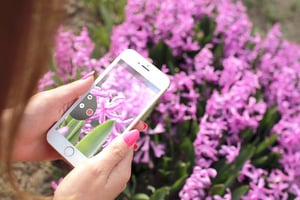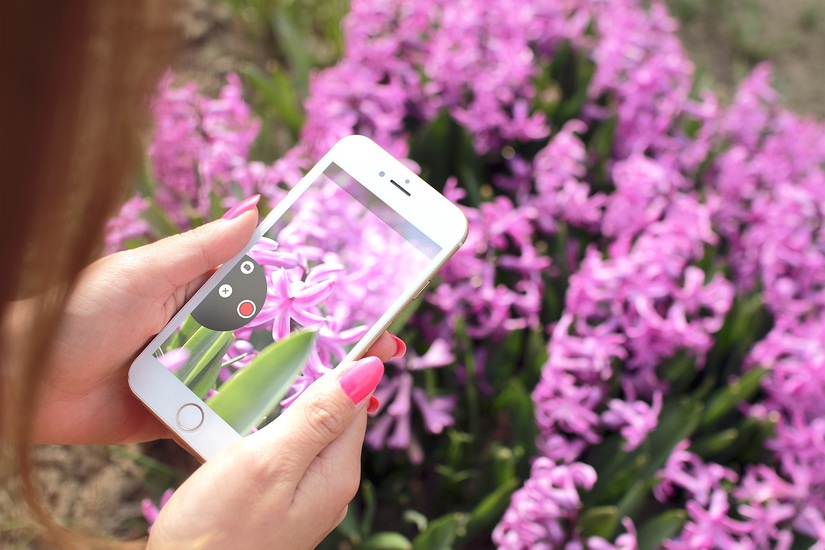The majority of teachers, academics, librarians and information professionals are clever and resourceful enough to know how to work effectively with images to promote creativity in learning and research.
Media literacy is an important part of any digital learning environment and the notion of information professionals as teachers, educators and instructors should include making sure that students, researchers and users alike can investigate how to find and use images in their own work using free images online, and even using Greasemonkey and Flickr to speed up their image attribution.

Media literacy education helps people of all ages to be critical thinkers, effective communicators, and proactive researchers. Broadly speaking, media literacy is the capacity to access, analyse, evaluate, and communicate messages in a wide variety of forms. This expanded conceptualisation of literacy responds to the demands of cultural participation in the twenty-first century. Like literacy in general, media literacy includes both receptive and productive aspects, encompassing critical analysis and communication skills, particularly in relationship to mass media, popular culture, and digital media, as well food science and technology research.
Furthermore, media literacy is applied in a wide variety of contexts – when watching television or reading newspapers, for example, or when researching scientific developments. Media literacy is involved everywhere a user encounters information content.
And, lastly, like literacy in general, media literacy can be taught and learned. Using images is just one aspect of media literacy education – but none-the-less a vital one. Media literacy education can succeed only with a robust understanding of appropriate usage and application.
Appropriate usage and application in education means that educators and learners – in the broadest sense – often make use of copyrighted materials that stand ‘outside’ the general use, i.e. in the classroom, at a conference or within an organisation-wide setting, like training. When this takes place within an academic institution appropriate usage typically includes an amount of flexibility. Each country has its own specific rules and regulations that apply to copyright.
But for information professionals, the aim should be not to teach or bend rigid rules, but rather to promote media literacy in action and help students learn how to use media to strengthen and develop their work, and promote a Creative Commons approach.
(Image Credit: jeshoots via www.pexels.com)


